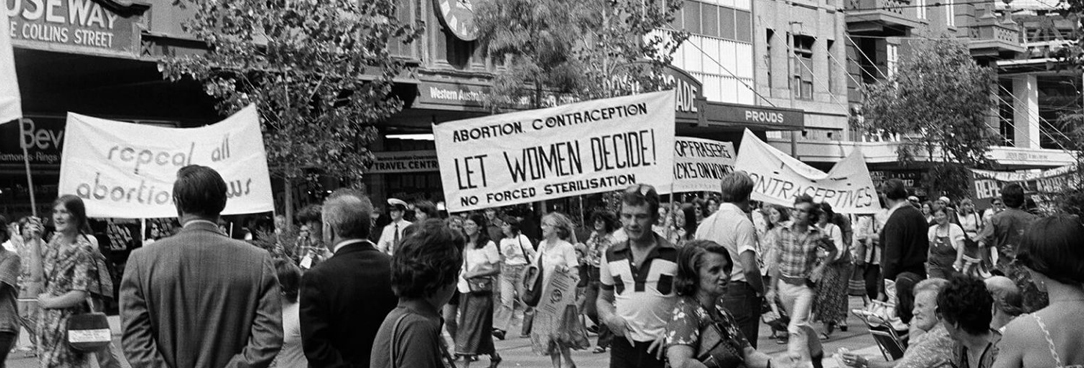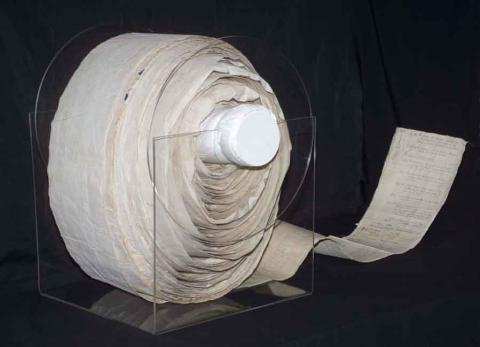Last updated:
Throughout Melbourne's history, men and women have taken to the streets to express their views on a wide variety of issues, from political rights to the environment. The first protests took place in Melbourne in the early 1840s and Melburnians have been protesting ever since. This exhibition at Old Treasury Building features records from Public Record Office Victoria's collection and looks at some of the issues that have been important to Melbourne’s citizens over the years.
Some of the earliest protests were demands for political rights. First Nations people, women, the LGBTQIA+ community and others took to the streets to demand equal rights and an end to discrimination. Workers also marched through the city early in Victoria’s history, to demand shorter hours, better working conditions and sometimes better pay. War and peace have always been divisive issues. During the First World War and then again in the late 1960s, the issue of conscription drew thousands to gather in impassioned protest and many have held strong views on other conflicts involving Australia.
More recently environmental issues have been to the fore. The spectre of global climate change looms large, uniting the generations in a struggle many believe is vital to our future on the planet.
Location
Old Treasury Building
Spring Street, Melbourne
Image Gallery
The early suffrage societies were hugely energetic and gathered signatures on petitions all over the state. One such petition, the so-called ‘Monster petition’, collected nearly 30,000 signatures in 1891. It extended to 260 metres in length and is thought to have been the largest petition presented during the nineteenth century. It was so large that it had to be presented in a huge roll to the Victorian Parliament. The ‘Monster petition’ is held in the collection of Public Record Office Victoria. The petition is also included on the Australian register of the Memory of the World project.
Sadly however, the petition did not convince the obdurate Victorian parliament, which refused 19 separate suffrage bills from 1889, before finally granting women the right to vote in 1908. Although the first in Australia to organise, Victorian women were the last to receive the vote. And even then they could not stand for parliament: that right was not conceded until 1924. By that time Victorian women had been full federal citizens for nearly a generation!
Material in the Public Record Office Victoria archival collection contains words and descriptions that reflect attitudes and government policies at different times which may be insensitive and upsetting
Aboriginal and Torres Strait Islander Peoples should be aware the collection and website may contain images, voices and names of deceased persons.
PROV provides advice to researchers wishing to access, publish or re-use records about Aboriginal Peoples


